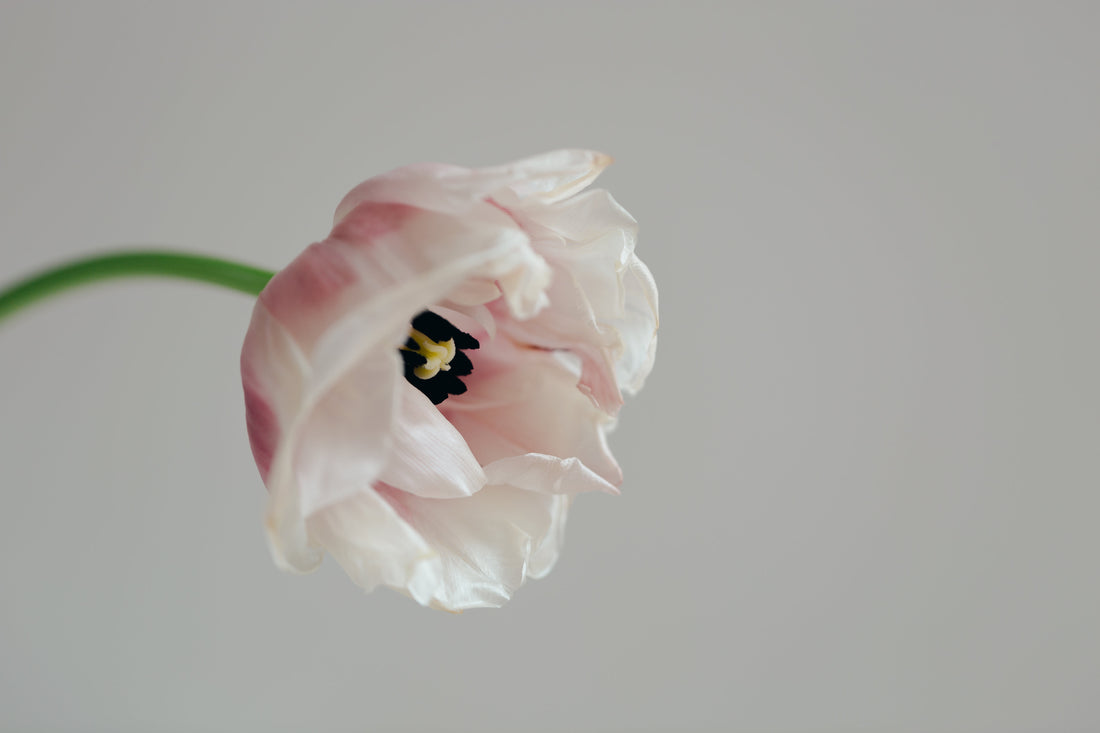Bulbs are a great way to have reoccurring pops of colour to any flower bed. When they start to bloom, you’ll be reminded that spring has sprung and winter is behind us!
What to buy
When purchasing bulbs, look for firm bulbs. Avoid bulbs with soft spots, mould or flaky defects.
When to plant
In our climate, mid-October to mid-November is an ideal time for planting spring flowering bulbs. During the fall bulbs develop their root system, so they are able to send up the flower stalk when the soil becomes warm again in spring.
Location
Plant where you will see and enjoy your bulbs. They may be planted in full sun (at least six hours of sun per day) or partial shade. Avoid areas with severe north or west winds.
Soil
All bulbs like a free draining, well prepared loose, loamy mixture. If the soil is not a well draining type, bulbs will be subject to rot. If you have heavy clay soil, dig it up and mix it with sand, compost, peat moss or other organic matter and a handful of bone meal or bulb boaster per square meter. Bone meal is best put in the bottom of the planting hole (one teaspoon per bulb), as it doesn’t move readily through the soil.
Planting
Plant in clusters of colours or type (odd numbers are pleasing to the eye). You can use a bulb planting tool or hand trowel or use your garden spade for larger areas or groupings. Dig down to the depth needed (three times deeper than the bulb’s height). Push the bulbs into the soil and twist gently to ensure good soil contact. Be sure the bulb is right side up. Most bulbs have a more pointed end that is the top and the broadest end is the root end. Fill in soil over the bulbs and press down gently. It is very important to water in the bulbs to allow soil to settle around each bulb eliminating air pockets. You may want to mark the spot where you have planted the bulbs with a label.
Fertilizing
Use bone meal or a bulb booster fertilizer when planting, then feed lightly again in the spring just before the plants flower and again after flowering is done. In the time between flowering and the leaves becoming brown, the bulbs are storing energy to re-flower the following year.
Water
You usually don’t need to water spring flowering bulbs (other than when planting) up until the flowering stage. However, it is important to keep leaves growing as long as possible, so water if the season is dryer that normal. Summer flowering bulbs, like dahlias and gladiolas will need watering during dry spells. At that time, a heavy watering once a week is preferred to numerous light sprinklings.
Staking
Most spring flowering bulbs do not need staking, however, summer flowering bulbs like gladiolas and dahlias do well if a stake is placed next to the bulb at the time of planting thus preventing damage to the bulbs by accidentally driving a stake through it later.

